The 10 Biggest Channel Stories Of 2015

Channel Ecosystem Transformed Through Splits, Acquisitions
This year will be remembered for the earth-shattering deals that split some vendor and partner behemoths apart and brought other giants together.
On the vendor side, Dell’s proposed $67 billion acquisition of EMC will create a single, massive channel organization, while HP’s split created two more nimble and agile Fortune 50 companies and a sharper channel focus for HP Inc. and Hewlett Packard Enterprise.
On the channel side, a split created the world’s largest pure-play U.S. government partner, while three big-time acquisitions thinned the ranks of Microsoft’s Licensing Solution Providers.
With record merger and acquisition activity in the channel, 2015 also marked the start of the strategic service provider era. The new class of partners are architecting, integrating and managing services from vendor partners, driving business outcomes with an emphasis on cloud and managed services delivered via a recurring revenue model.

10. Channel Gets Roped Into Hillary Clinton Email Scandal
Platte River Networks, a 30-person solution provider, found itself in hot water after The Washington Post revealed in August that it had been brought in to manage Hillary Clinton’s private email system.
Platte River had been hired by the Clintons in 2013 to provide better security, durability and a more professional setup. And data protection vendor Datto was used as the disaster recovery site for Clinton’s server, news reports revealed in October.
These arrangements generated scrutiny since Clinton exclusively used a personal email system rather than an official government one during her tenure as secretary of state, leading to concerns that emails contained classified or sensitive information could have been compromised.
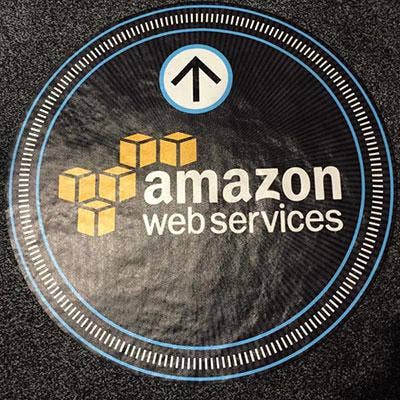
9. Six Elite MSPs Selected For AWS Managed Services Program
Amazon Web Services in March named the first six solution providers it certified to offer managed services as part of a new partner program.
The six managed service providers forming the inaugural AWS class were 2nd Watch, Cascadeo, Datapipe, Day1 Solutions, RightBrain Networks and Smartronix. All six next-gen partners demonstrated operational and security mastery to a third-party auditor.
The program was designed to offer enterprise customers a better means of selecting MSPs with the expertise to migrate and manage their workloads in the cloud. Since March, Amazon has provided these partners with guidance in developing their managed services practices.

8. Lack Of Profitability Prompts Google Partners To Jump To Microsoft
Some channel pioneers who had bet big on Google Apps told CRN in August that they are adding a Microsoft Office 365 practice or even striking Google from their portfolios altogether.
One source with ties to Google estimated that as many as 80 percent of Google’s several hundred once-exclusive channel partners are now selling Office 365 as gross margins on Google Apps licensing and services combined have dropped by as much as 33 percent in the past two years.
During that same period, Office 365 licensing and services combined margins have climbed by anywhere from 25 percent to 100 percent.

7. Massive Consolidation Among Microsoft’s Licensing Solution Providers
Acquisitions have thinned the ranks of Microsoft’s Licensing Solution Providers (LSPs) as the Redmond, Wash.-based vendor places a greater emphasis on cloud, mobility and services sales.
LSPs are the only Microsoft partners authorized to handle software volume licensing transactions, and Microsoft had roughly 15 of them at the start of the 2015.
But PCM, No. 29 on the CRN Solution Provider 500, drove consolidation in the ranks, acquiring fellow LSPs En Pointe, No. 42 on the 2014 SP 500, in March and Acrodex, No. 92 on the 2015 SP 500, in October. And SoftwareONE, No. 14 on the SP 500, in March bought the LSP business of CompuCom, No. 23 on the 2014 SP 500.
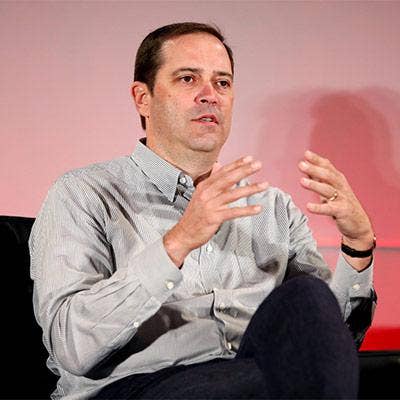
6. Cisco Taps Former Channel Chief Robbins As CEO, Accelerates Growth
In his first four months on the job, Cisco Systems CEO -- and former U.S. channel chief -- Chuck Robbins has moved the company forward at a breakneck pace through acquisitions, new technology partnerships, internal restructuring and aggressively entering fast-growing markets.
Robbins has worked to create a more agile, flatter and faster company by streamlining the company’s internal organization. The company has combined its product and services sales teams, consolidated its Internet of Things (IoT) and cloud organizations, and built smaller R&D teams to work on specific customer issues.
Cisco has unveiled alliances with Ericsson around networking and IoT and Apple around bridging the consumer and enterprise worlds.
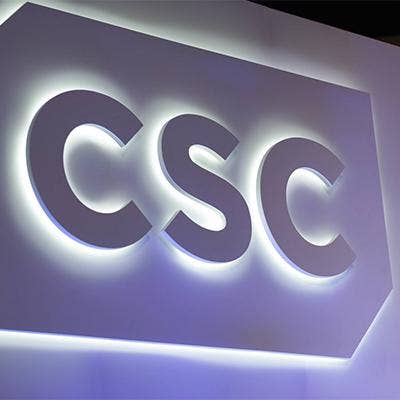
5. CSC Splits, Merges To Form World’s Largest U.S. Government Partner
CSC, No. 5 on the CRN SP 500, announced in May that it would split into two publicly traded companies, one focused on the company’s $8.1 billion global and commercial businesses and the other focused on its North American public sector business.
The $4.1 billion U.S. government unit of CSC in August announced that it would merge with $1.4 billion public sector player SRA, forming CSRA, the world’s largest pure-play U.S. government solution provider. Both the split and SRA merger closed in November.
CSC’s commercial arm is trying to reverse its sagging fortunes through a series of acquisitions, announcing three since August and bidding for a fourth in November.

4. Private Equity Doubles Down On Channel Acquisitions
Private equity acquisitions of solution providers hit a record high in 2015 with a flurry of deals including eight major investments in the past four months.
Among the biggest deals over that time include the acquisition of five 2015 CRN Solution Provider 500 companies: Pomeroy (No. 44), NWN (No. 70), Ahead (No. 86), Atlantix Global Systems (No. 144) and Park Place Technologies (No. 270). Other solution providers acquired by private equity include Synoptek and MTM Technologies.
Sirius Computer Solutions (No. 28) received a new majority owner in September, while private equity bought minority stakes in SoftwareONE (No. 14), New Signature and Inspirage.
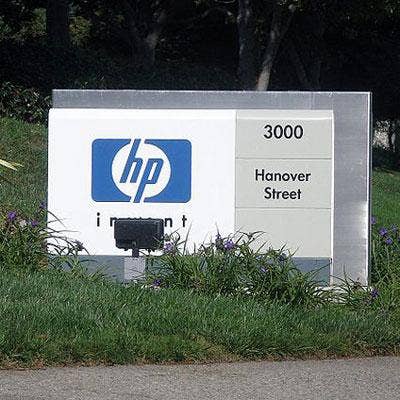
3. HP Splits Into Two With Sharper Channel Focus For Enterprise And PC-Printing
There is no company that has historically had a bigger impact on the channel than Hewlett Packard, the onetime largest IT vendor in the world at $110 billion.
Partners say the split into two new Fortune 50 companies effective Nov. 1 -- $53 billion Hewlett Packard Enterprise and $55 billion HP Inc. -- will result in two faster, more agile and innovative companies sure to set a new channel pace.
Dan Molina, CTO of Nth Generation Computing, one of Hewlett Packard Enterprise's top partners and No. 300 on the 2015 CRN Solution Provider 500 list, sees the split making Hewlett Packard Enterprise and HP Inc. living examples of what customers themselves need to do to be more successful in a market where the IT landscape is changing at a blistering pace.
"We are trying to help our customers become more agile," he said. "I think HP is showing a lot of leadership by splitting up. By splitting in two, it is going to allow both companies to be better."
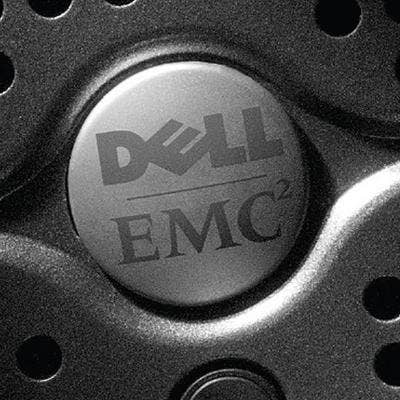
2: Dell Plans To Buy EMC For $67 Billion, Merge Channel Programs
Dell intends to move forward with a single channel program and become at least 35 percent of its partners’ businesses after closing its planned $67 billion acquisition of EMC.
Dell has integrated the channel programs of eight acquired companies into PartnerDirect since 2007, and intends to make EMC the ninth. Both Dell and EMC’s partner programs have three tiers, and each acts as a single program overseeing a wide range of business units.
Partners doing less than one-third of their business with Dell will also be pushed to do more as the company focuses on the channel to take market share from its biggest competitors.

1. The Rise Of The Strategic Service Provider
The rapid adoption of off-premise, recurring revenue cloud services sparked record merger and acquisition activity in the channel in 2015 and a new channel business model -- the rise of the strategic service provider.
The strategic service providers are architecting, integrating and managing services from vendor partners, driving business outcomes with an emphasis on cloud and managed services delivered via a recurring revenue model.
Douglas Grosfield (pictured), considered one of the best and brightest in the channel, sold his stake in a respected managed service provider – Xylotek Solutions – to start a new strategic service provider business – Five Nines IT Solutions of Kitchener, Ontario. He sees the new business model as 10 times more profitable with fewer employees and a simpler, more reliable, scalable and predictable IT model for his customers.
"If you are truly listening to your customers, you are hearing over and over again the challenges they are facing and the frustration they have with IT. There is a different answer needed today," said Grosfield. "The model is changing, and you better be changing with it."